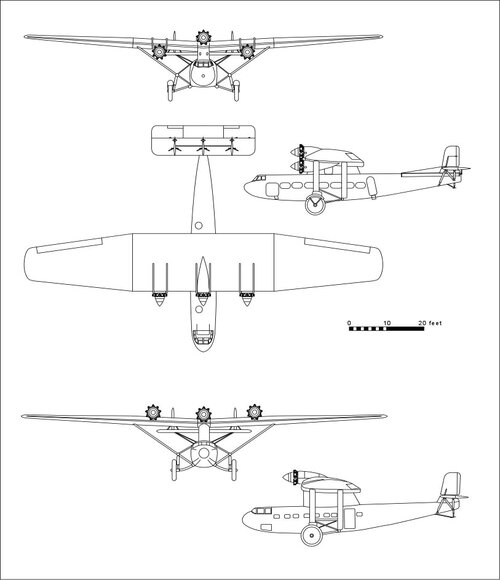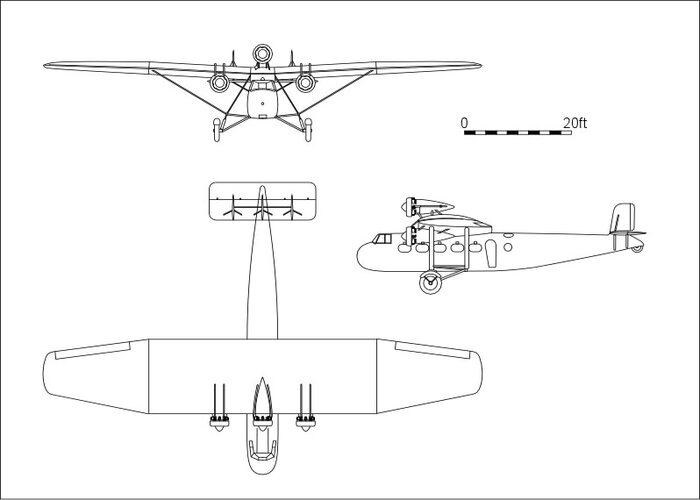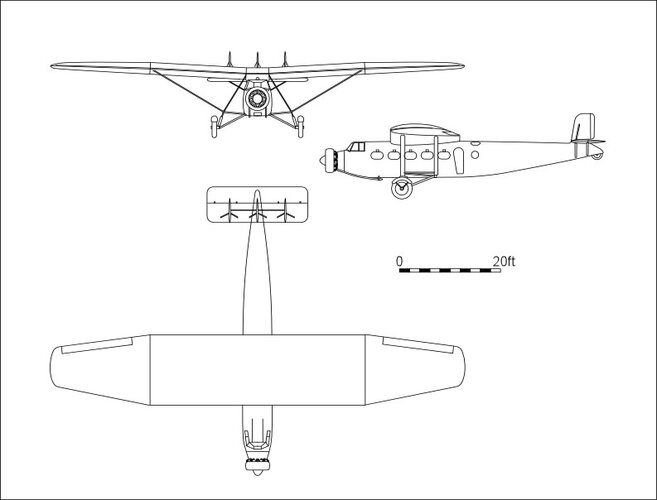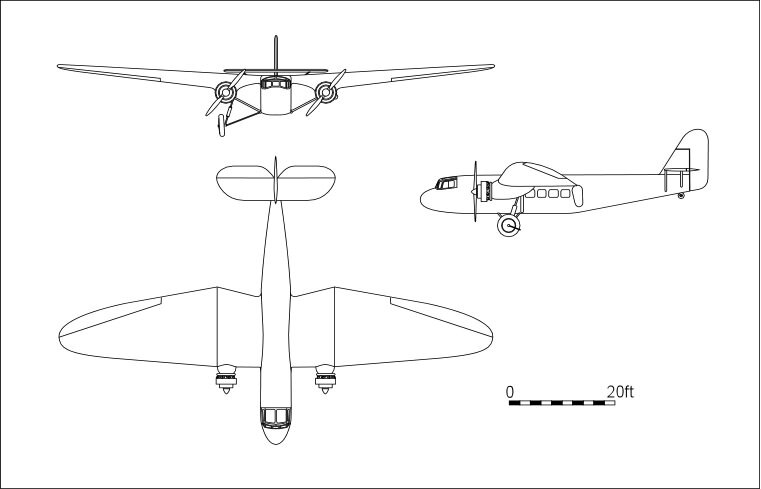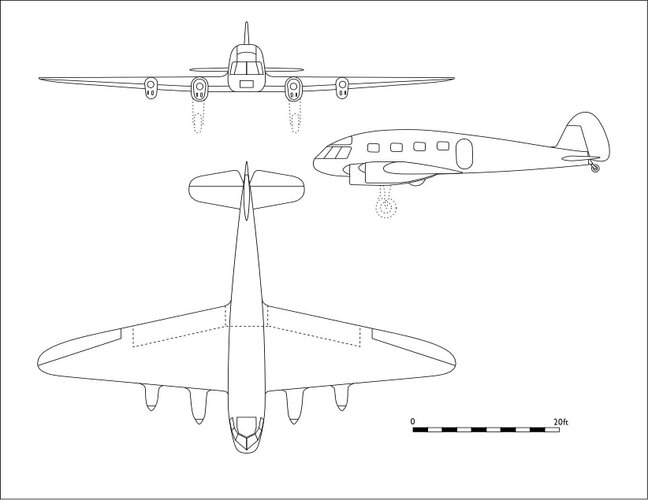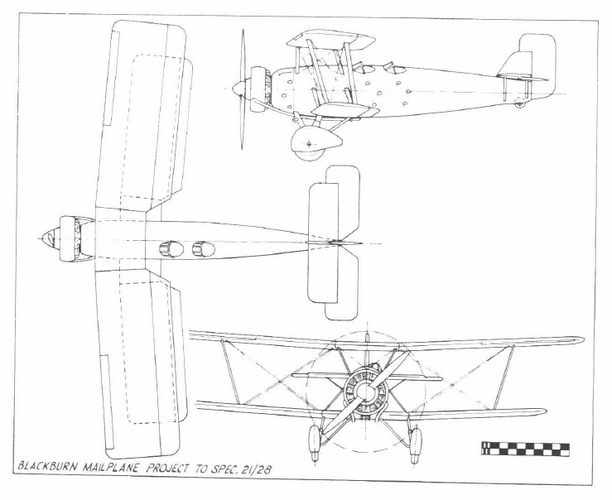- Joined
- 19 October 2012
- Messages
- 1,942
- Reaction score
- 1,827
In the 1920s and 1930s Blackburn Aircraft made little impact in their endeavours to sell commercial transport landplanes. Little impact, as in none whatsoever. Yet between 1925 and 1934 they did design and offer a number of commercial transports. The biplane C.A.3, C.A.4 and 5 all tentative layouts for up to 14 passengers for possible use on Blackburn’s North Sea and Aerial Transport Company routes in East Africa and C.A.6 to 9 all smaller biplane designs.
After 1927 the company began to focus on monoplane designs, many closely related, but all failed to generate any interest with the airlines. Their final offering was radically different, built but never flown, a victim of the higher priority given to military projects…. and continuing customer disinterest. All but the last project were designed under the leadership of Frank Bumpus, chief designer and company director since 1919, and George Petty, the last was the brainchild of Frank Duncanson, a highly experienced engineer recruited from Gloster in 1933.
Prior to 1928 Blackburn had concentrated most of their efforts on military aircraft, mostly single-engine types for the Navy, and large flying boats. The flying boats were developed under the design leadership of John Rennie, former deputy to John Porte, father of the Felixstowe flying boats during WW1. The R.B.1 Iris, ordered to Specification 14/24 was a successful design, used for a variety of experimental purposes, but failed to attract significant orders. Civil derivatives were offered too but failed to sell.
In 1927 the Air Ministry issued specifications for three-engined military flying boats of various types. Saunders produced the Severn, Supermarine the Southampton Mk X and Blackburn the R.B.2 Sydney. At that time Short Bros were in the process of building the three-engined Calcutta for Imperial Airways so it was somewhat inevitable that civil derivatives of the other three would soon be on the drawing boards. In 1928 Blackburn were in negotiation with Alan Cobham to launch a new airline to operate on routes into Africa, for which Blackburn designed the 16-seat Sydney-based C.B.2 Nile. At this point it was decided that the Nile should also be used as the starting point for a commercial transport landplane.
After 1927 the company began to focus on monoplane designs, many closely related, but all failed to generate any interest with the airlines. Their final offering was radically different, built but never flown, a victim of the higher priority given to military projects…. and continuing customer disinterest. All but the last project were designed under the leadership of Frank Bumpus, chief designer and company director since 1919, and George Petty, the last was the brainchild of Frank Duncanson, a highly experienced engineer recruited from Gloster in 1933.
Prior to 1928 Blackburn had concentrated most of their efforts on military aircraft, mostly single-engine types for the Navy, and large flying boats. The flying boats were developed under the design leadership of John Rennie, former deputy to John Porte, father of the Felixstowe flying boats during WW1. The R.B.1 Iris, ordered to Specification 14/24 was a successful design, used for a variety of experimental purposes, but failed to attract significant orders. Civil derivatives were offered too but failed to sell.
In 1927 the Air Ministry issued specifications for three-engined military flying boats of various types. Saunders produced the Severn, Supermarine the Southampton Mk X and Blackburn the R.B.2 Sydney. At that time Short Bros were in the process of building the three-engined Calcutta for Imperial Airways so it was somewhat inevitable that civil derivatives of the other three would soon be on the drawing boards. In 1928 Blackburn were in negotiation with Alan Cobham to launch a new airline to operate on routes into Africa, for which Blackburn designed the 16-seat Sydney-based C.B.2 Nile. At this point it was decided that the Nile should also be used as the starting point for a commercial transport landplane.

